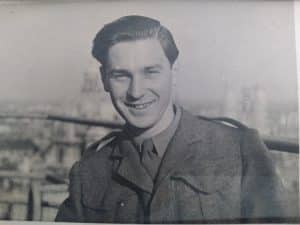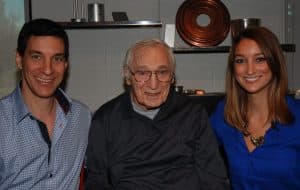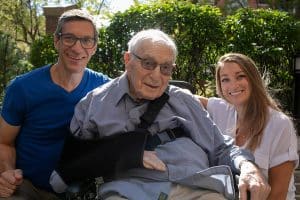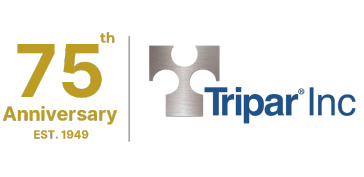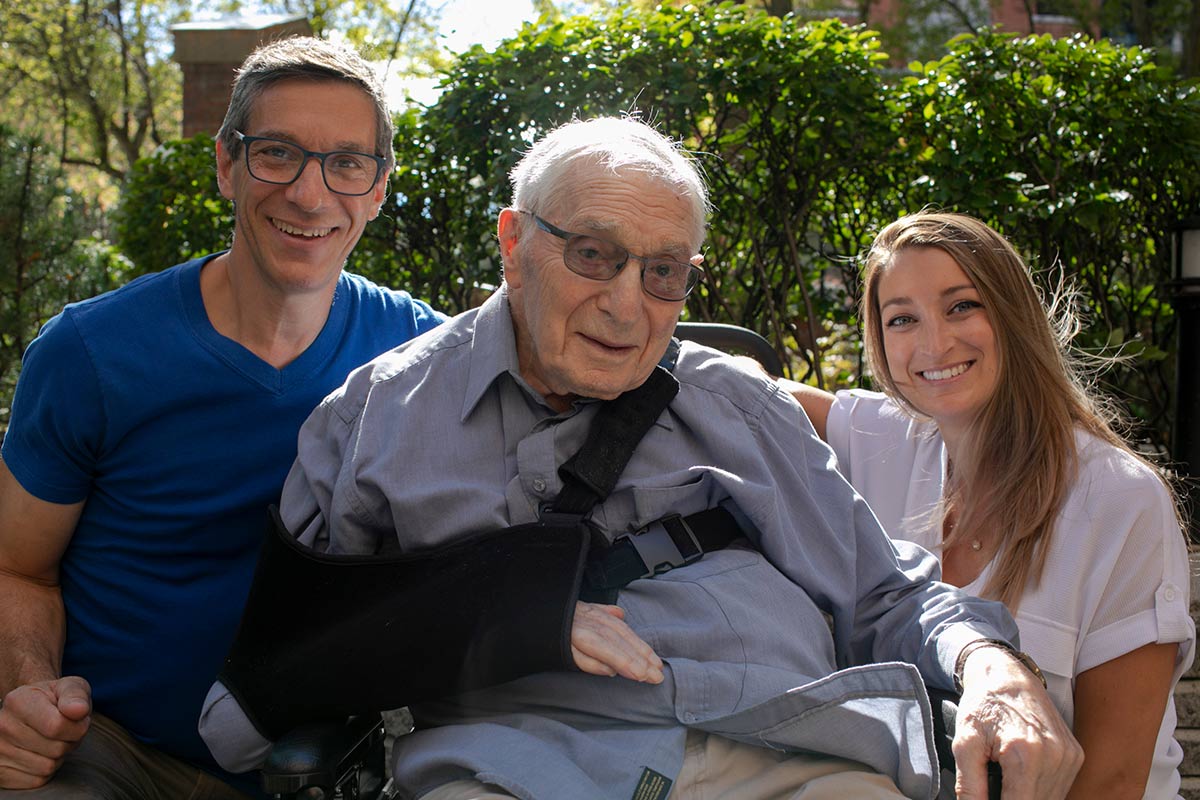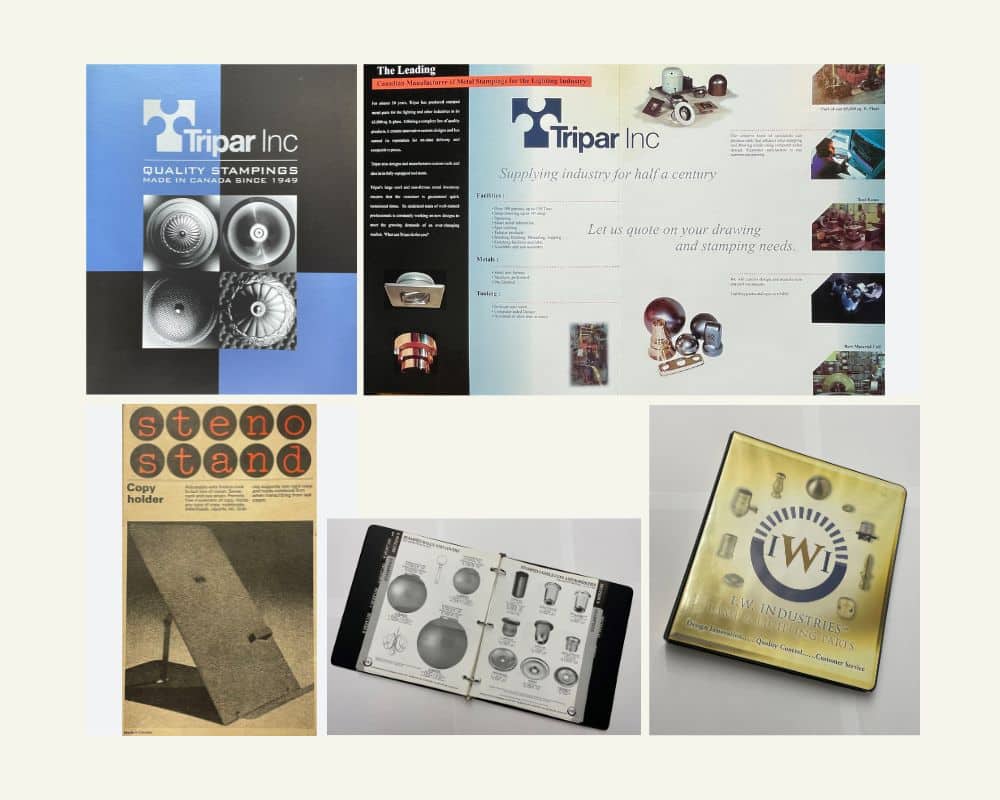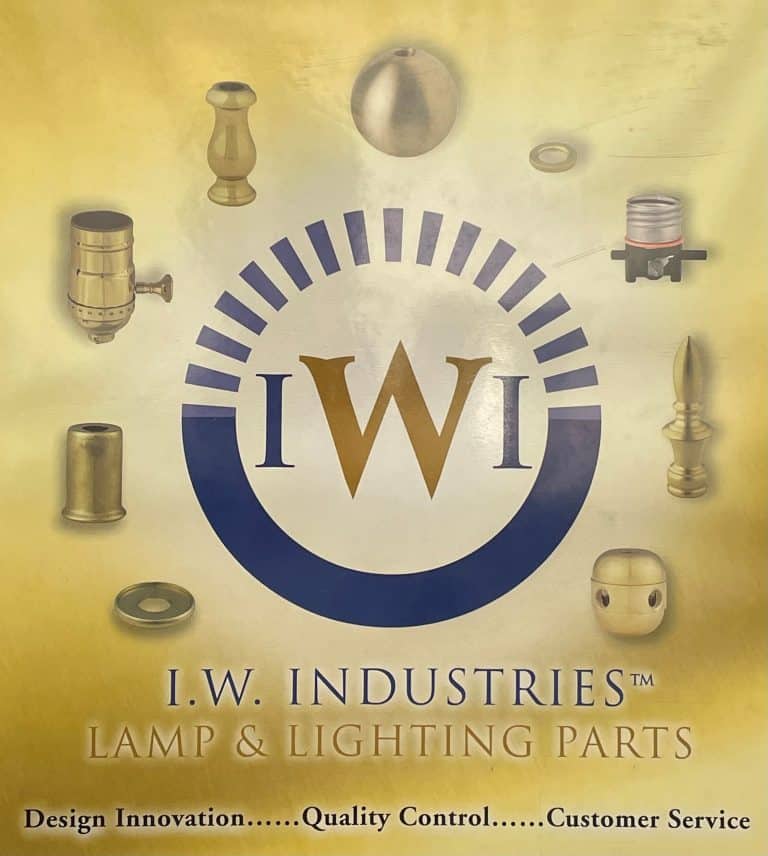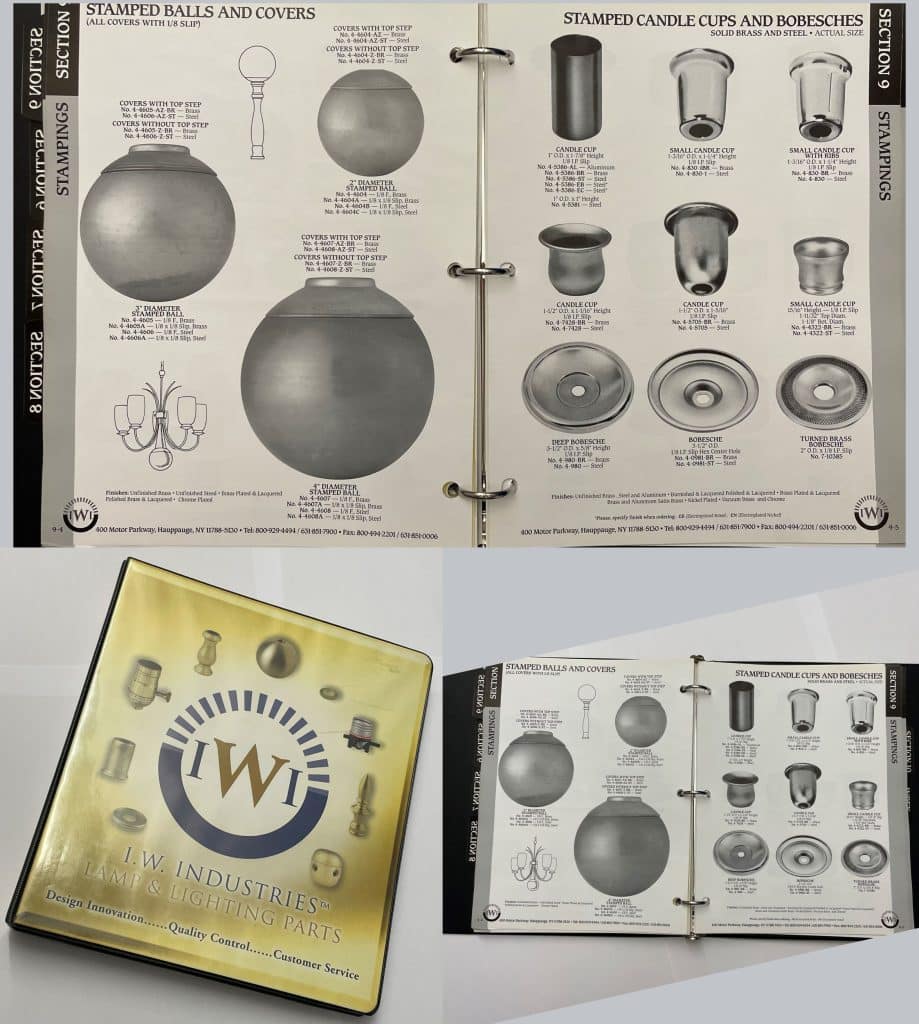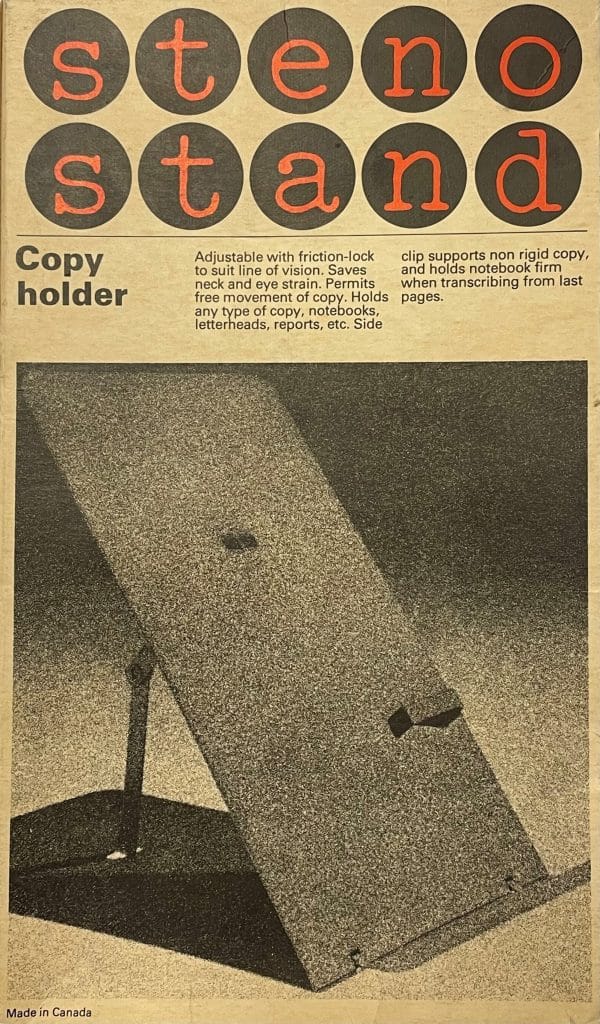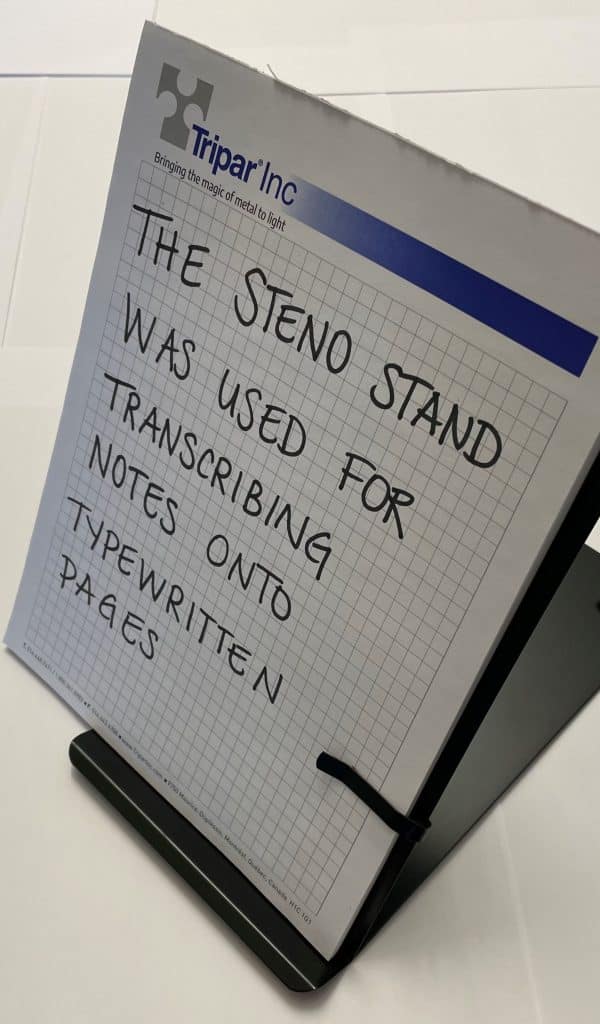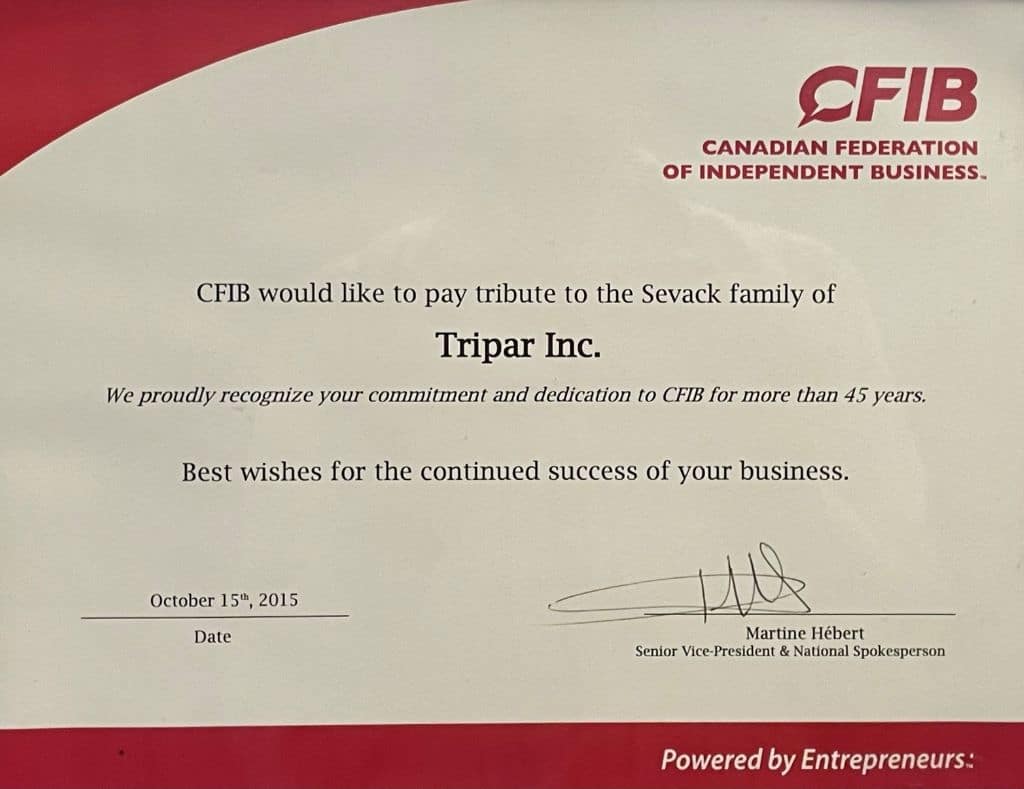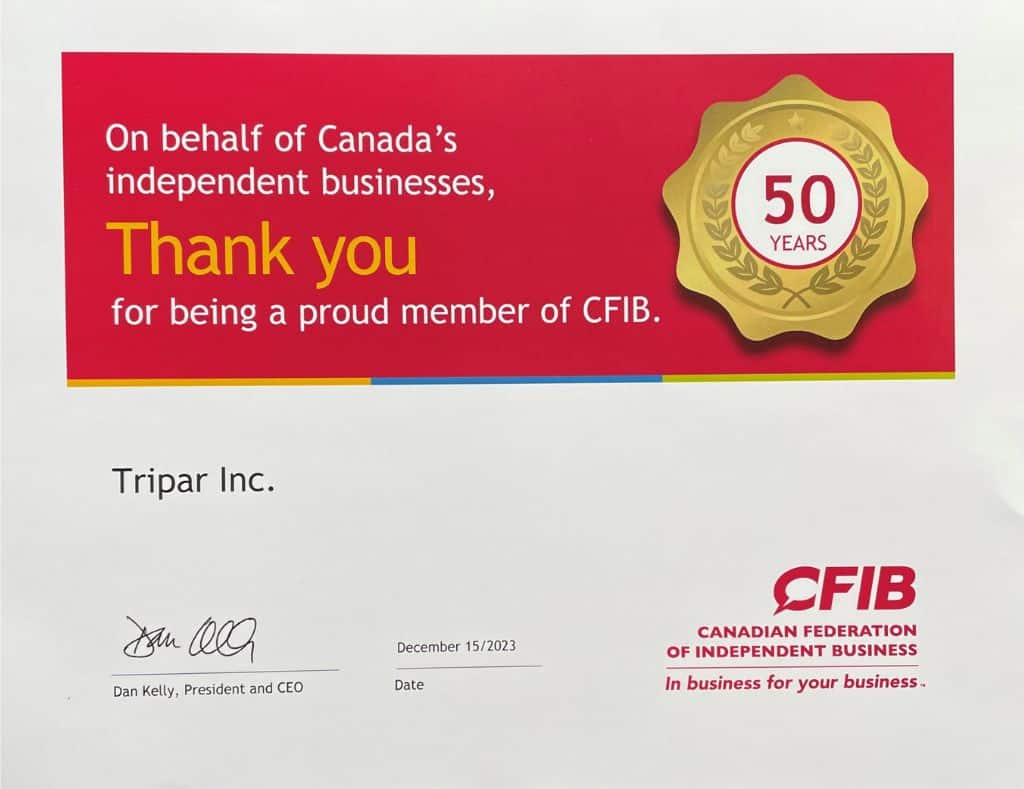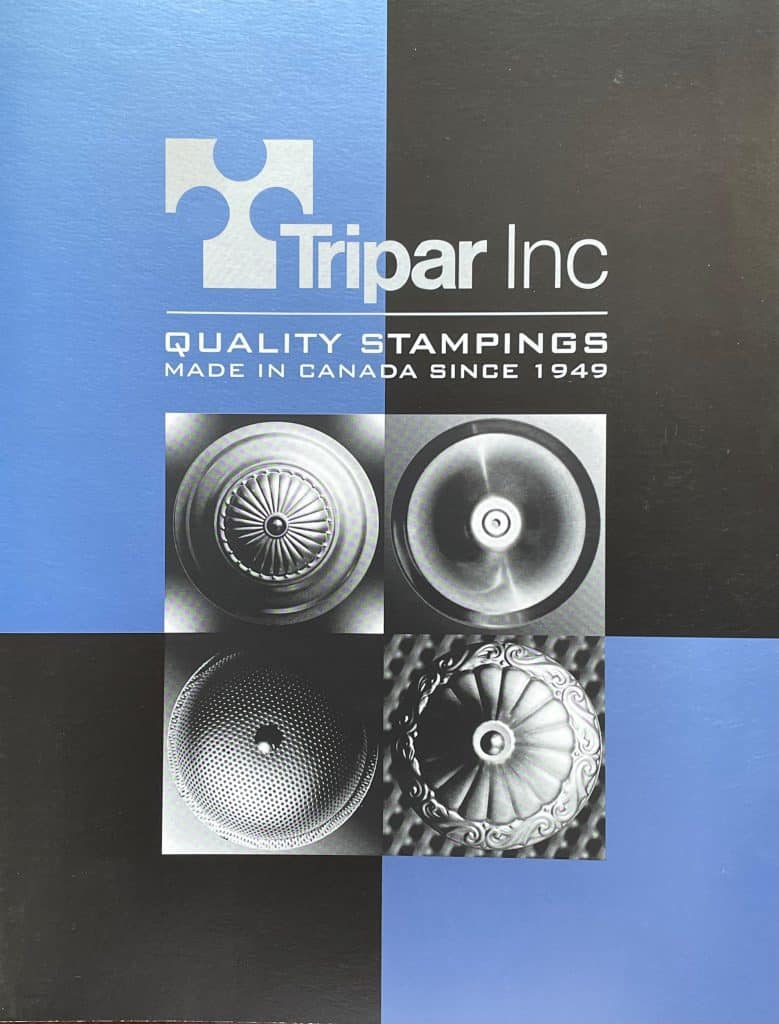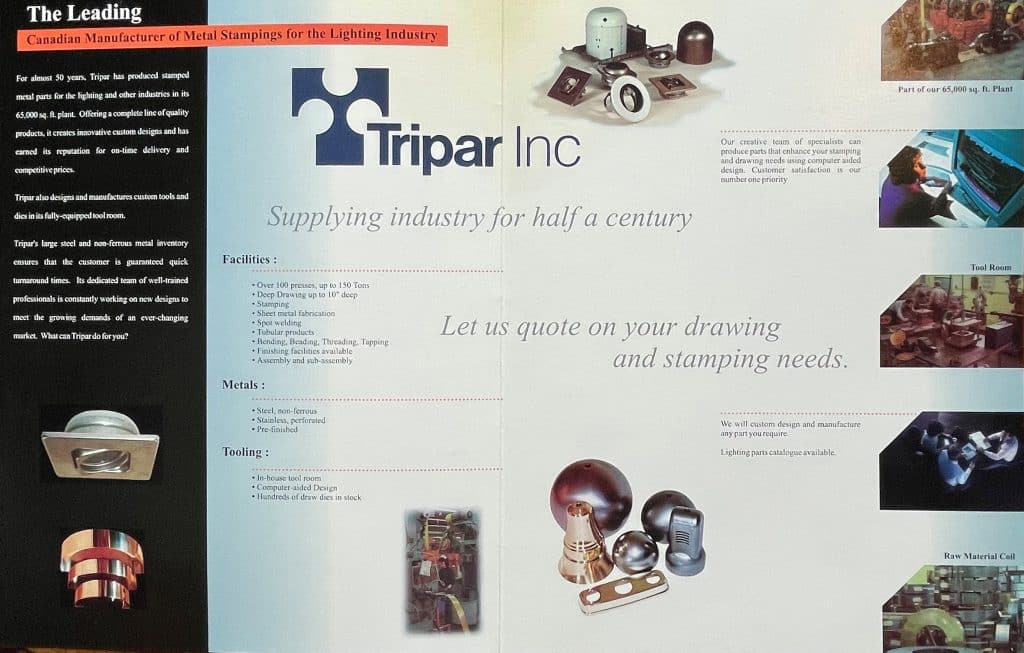Montreal, QC — It is with deep sadness that Tripar Inc. announces the passing of their beloved founder Ben Sevack, who left us peacefully on April 15, 2024, at the age of 100. Mr. Sevack was not only a visionary in the metal stamping and lighting industries but also a steadfast leader and a cherished mentor to many during his incredible life.
Ben established Tripar Inc. in 1949. With a pioneering vision, he built the company from the ground up and focused on growth. Over the first 50 years, Ben bought 130,000 sq.ft. of land, built our original factory and expanded it 4 times to the 67,500 sq ft facility that we still occupy today. His foresight and dedication laid the foundation for Tripar being a successful manufacturer known for its innovation and excellence.
In 2001, after more than five decades of leadership and commitment to the company and its employees, Ben was joined by his son Lloyd making Tripar a 2nd generation company and together they evolved Tripar’s capabilities by adding CNC fabrication. Lloyd took over the leadership of the company and in 2013 Lauren, Lloyd’s daughter and Ben’s Granddaughter, joined Tripar making it a 3rd generation family business. For a few years all three generations were able to work together, and they continue to uphold the values and mission instilled by Ben.
Ben’s legacy extends far beyond the walls of Tripar Inc. His contributions to the industry have been invaluable, including being one of the founding members of the Canadian Federation of Independent Business (CFIB) which now represents over 95,000 companies. His leadership style—marked by integrity, humility, and kindness—has left a lasting impact on all who had the privilege to work alongside him.
As we mourn the loss of a truly incredible man, we also celebrate his monumental life and achievements. Ben’s spirit will forever remain a guiding light for Tripar Inc. We proudly wear the Tripar logo on our chest and continue to work the “Tripar Way”. We extend our deepest condolences to the Sevack family, and to everyone whose life Ben touched.
Ben, you will forever be missed
